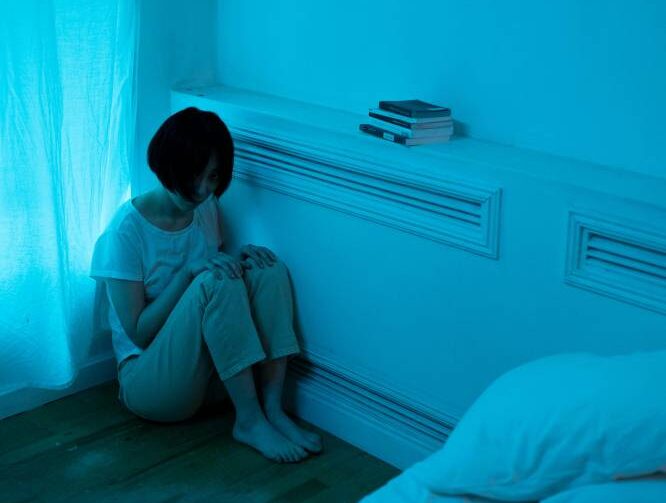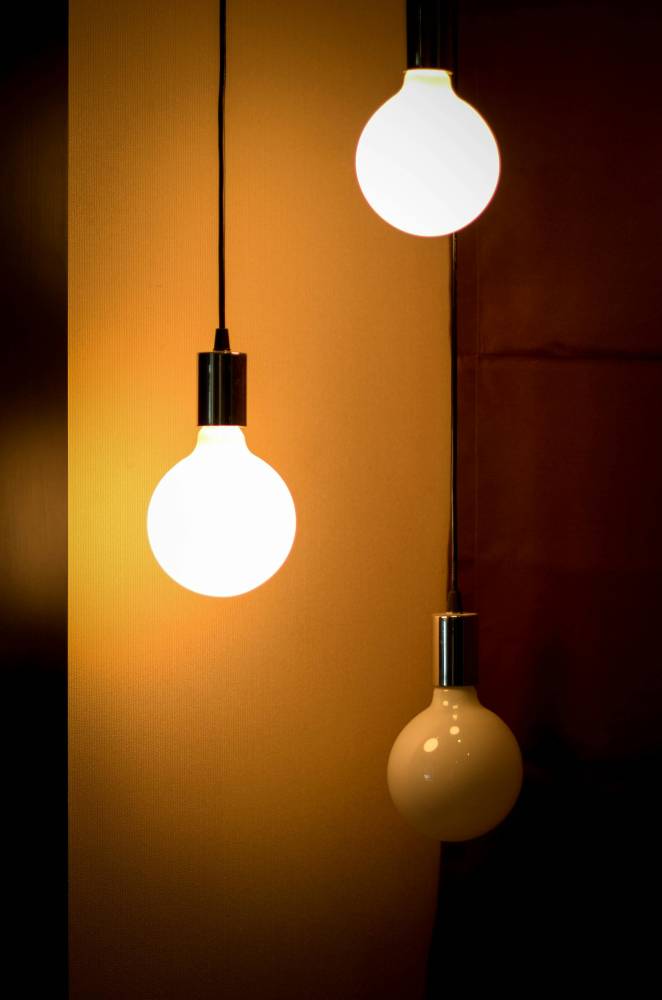Surviving your new house

So you’ve just moved into your new home, congratulations!
After dealing with the stress of moving and unpacking, you finally put up your feet and settle in. You’ve barely closed your eyes to savor your new home when a faint but dreadful “drip… drip… drip” from the kitchen confirms your worst fears: a leaking faucet.
Welcome to stage two of moving into a new home. While the moving-in part presents difficulties, problems that arise during the first few weeks of home occupancy can be a real nightmare. To lessen the pain, we’ve rounded up some tips to help you deal with common challenges that can arise during the settling-in period.

Leaks and floods
While plumbing issues can be caught by leak tests during construction, they sometimes surface much later during regular use. You should address any plumbing concerns as early as possible. If you’re not sure where a leak is coming from, temporarily discontinue use of any suspected fixtures until you identify the source.
Call a plumber if the problem seems too big to handle. Leaks can sometimes stem from faulty waterproofing, roof flashing, or other areas beyond your usual reach. Improper ventilation can also be a culprit, causing gurgling drains, weak flushes, and sewer odors inside the home.
While the solution may be as simple as replacing a faulty faucet, damage from flooding can arise, affecting your wall and ceiling finishes. At best, isolate the problem and call a professional to nip the problem in the bud before it worsens.

Cracks, flakes and molds
While uneven paint streaks can be unsightly, long and jagged paint cracks may point to more serious structural issues.
If you find questionable cracks, uneven walls, or unusual floor creaks, call a structural engineer. While a new house may feature some cracks due to ground settling, it’s best to consult a professional to eliminate your worries.
Structural problems can be resolved with shoring, repairing connection points, or reinforcing existing members. These tend to be the most expensive fixes, so if you’re still under construction, make sure your contractor gets it right the first time to avoid costly back jobs.
Another issue that might arise during your time in a new home are molds. These are usually seen in damp areas or places with leaks. These may also become evident in new wooden cabinets especially during the rainy season.
A thorough wipe of the affected surface with a bleach and water solution, hydrogen peroxide solution, or vinegar can help address the problem. If the affected area is bigger than 2 feet x 2 feet (60 cm x 60 cm) in size, get a professional as the problem may be moisture control or waterproofing.
To prevent fungi growth, invest in a dehumidifier. Open windows and shower enclosures after taking a bath to allow wet areas to dry quickly. Remember to put on gloves and eye protection goggles when dealing with molds and other fungi. These growths can cause respiratory problems and allergies.

Flickers, trips and surges
Another thing to watch out for in your new home are electrical appliances.
Before signing off on an electrical job, check if all wires are secured and concealed, ensure the panel board is properly labeled, and note your electricity provider’s contact number for easy reporting and repairs.
Once you’ve moved-in your home, be mindful of electrical concerns.
Watch out for overly warm devices. Flickering lights and burning smells may also point to faulty wiring.
If you notice breakers frequently tripping, your plugged-in devices may be causing a short circuit or overloading on your wires. You can easily turn the breaker back on, but frequent tripping may indicate that the particular line cannot handle all the devices connected to it. Avoid using high-wattage items in one plug or connection. Use extension outlets conservatively.
Do not attempt to fix electrical issues on your own as this may cause fires. Call an electrician for assistance in dealing with these.
Long term solutions
Despite potential stresses like these, moving into a new home can still be one of the best experiences in your life.
Recognize that post-construction issues are normal, but dealing with them swiftly can save you headaches and unnecessary expenses in the long run. Opt for long term solutions rather than quick, band-aid fixes. Call your contractor if the issue appears to be a workmanship issue as you can negotiate a back job on it. If this isn’t the case, it’s best to call the experts.
The sooner you can address concerns, the better you can settle in your new home. Despite the possible problems, enjoy the process and learn from mistakes. Congratulations again on your new home!
Sources: https://bighomeprojects.com; https://www.goodhousekeeping.com; Cottonbro studio, Marina Leonova, Luis Quintero and Pixabay via pexels.com
A Filipino architect who has a Master's Degree in Interior Design of Commercial Spaces from IED Barcelona, Spain and with twelve years' worth of experience under the tutelage of Filipino architectural firms.

















